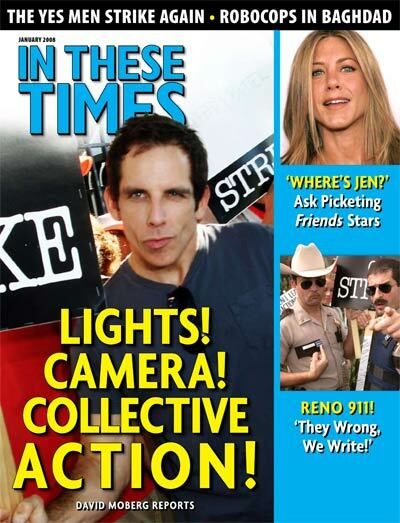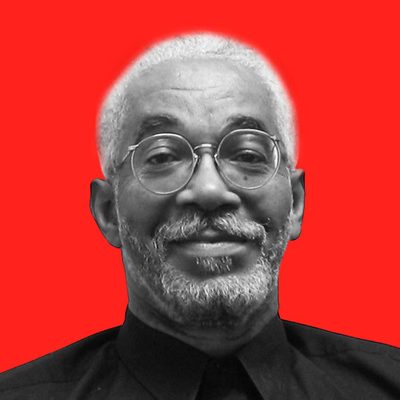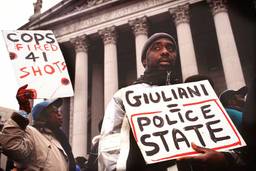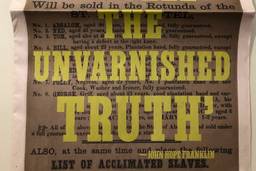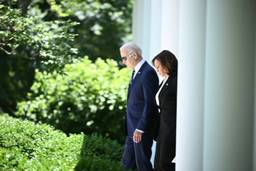Come on Cosby, Stop Hatin’
Cosby makes blanket indictments of an entire class of black people and offers only exhortations from the sidelines
Salim Muwakkil
Deepening class conflict within the black community has produced some interesting symptoms.
Every Saturday, black protesters march around the Washington, D.C. home of Black Entertainment Television President and CEO Debra Lee, demanding that the network stop airing what they call demeaning portrayals of African Americans.
Their major targets are the rap videos that specialize in sexually objectified or “hootchified” images of black women. But the hip-hop attitude of “keeping it real” and reflecting the ethos of the street is the true focus of their ire.
Black, middle-class opposition to hip-hop (or rap) music has accompanied the genre since its birth. But the furor over Don Imus’ “nappy-headed ho” comments last April churned up even more opposition, and it has been strong ever since.
Rap is a scapegoat not just for generational reasons, but also because it is a class-bound, cultural product of America’s most criminalized and marginalized population: urban black youth. The genre has a ghettocentric vibe that tends to discomfort many middle-class blacks.
In Chicago, black protesters regularly ring the Rev. Jesse Jackson’s Rainbow Push headquarters, contesting his role, as well as his style of leadership. One of their signs reads: “He’s pimping our community.” Many of those demonstrating against Jackson are jobless former inmates who argue that the civil rights leadership does little to ameliorate their plight. These ex-offenders consider themselves victims of the prison-industrial complex and are becoming increasingly aggressive in their attempts to be heard.
Bill Cosby’s campaign to bring attention to the behavioral deficits of lower-income members of the black community is another signpost of this growing class tension. Cosby made remarks in 2004 at an NAACP dinner in Washington, D.C. that castigated “the lower-income people” for not “holding up their end of the deal.”
Cosby’s major point was that African Americans’ negative behavior is more responsible for their misery than white racism. The famous funnyman’s comments sparked such an explosion of controversy that Cosby took his act on the road. He has since been making the rounds of the macaroni-and-cheese circuit of black churches and other venues of middle-class propriety.
Last year he upped the ante with a book, Come on People: On the Path from Victims to Victors, that frames his hectoring broadsides in the comforting theme of cultural therapy. The softening of Cosby is probably due to the influence of his co-author, Dr. Alvin F. Poussaint, a Harvard psychiatrist with a history of progressive activism.
But the book, essentially, is a glorified advice manual.
With occasional sketches from Cosby’s road show – labeled “Call-Outs” – the book is a conventional self-help text with section tags like “Keep Your Cool, But Not Too Cool,” “Keep Those Kids In School” and “Slow Down On the Fast Food.” Cosby’s wit enlivens the prose, and Poussaint’s erudition lifts the message beyond rant.
Normally, I would resist responding to the work of a fellow In These Times columnist, but since the columnist clash at the New York Times has made intramural conflict all the rage, I may as well jump on the bandwagon. Laura Washington, in her column last month, “Come On People! Bill Cosby Is Right,” lauded Cosby and Poussaint’s book.
She argued the book is on target with its advice for black people to stop making excuses for dysfunctional behavior. She quoted approvingly: “Blaming only the system keeps certain black people in the limelight, but it also keeps the black poor wallowing in victimhood.”
No doubt, there is a time and place for the rhetoric of moral uplift. But Cosby makes blanket indictments of an entire class of black people and offers only exhortations from the sidelines. In so doing, he smothers the black community’s complexity and maligns the most vital cultural expressions of its youth. He reduces an entire class of people to a caricature designed for entertaining polemics.
With these sweeping generalizations, Cosby feeds the master narrative of black youth as amoral super predators and “baby daddies/baby mamas” who think the pursuit of education is “acting white” and who have a value system obsessed with shiny materialism (or bling-bling).
For Cosby and others of his ilk – like Juan Williams of National Public Radio and the Fox News Channel (whose book, Enough: The Phony Leaders, Dead-End Movements and Culture of Failure That Are Undermining Black America – and What We Can Do About It) – these miscreants are the true enemies of the black community.
Charges of racial treason echo in the protests of those ex-inmates outside Rainbow Push headquarters. The BET protesters shout that rap is too loud and undermines family values.
These, my fellow Americans, are the sounds of class conflict.
Salim Muwakkil is a senior editor of In These Times and host of “The Salim Muwakkil Show” on radio station WVON-AM in Chicago. Muwakkil was also contributing columnist for both the Chicago Sun-Times (1993 – 1997) and the Chicago Tribune (1998 – 2005). He is also a co-founder of Pacifica News’ network daily “Democracy Now” program and served as an adjunct professor at Northwestern University, University of Illinois, the Art Institute of Chicago and Chicago’s Columbia College.
